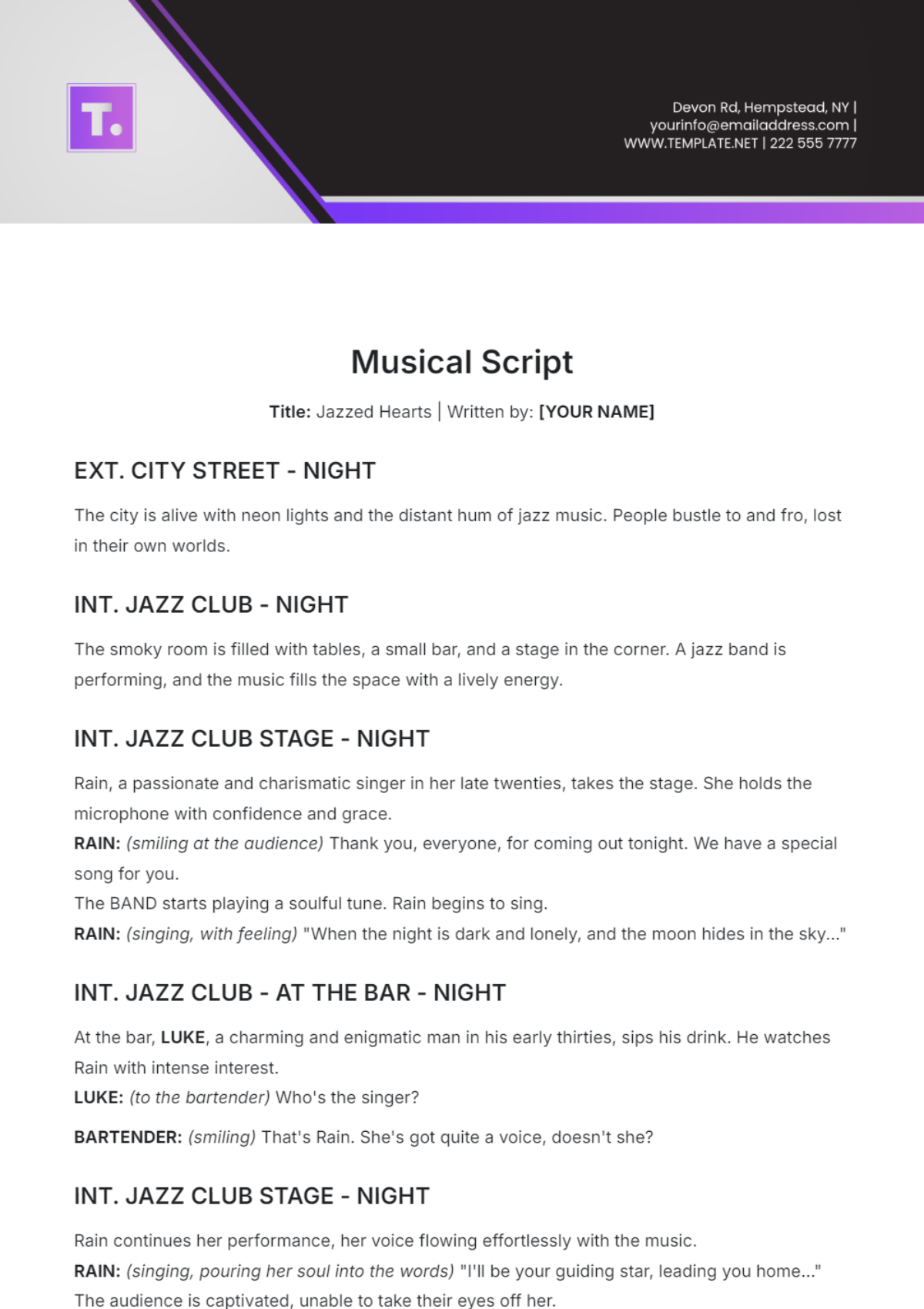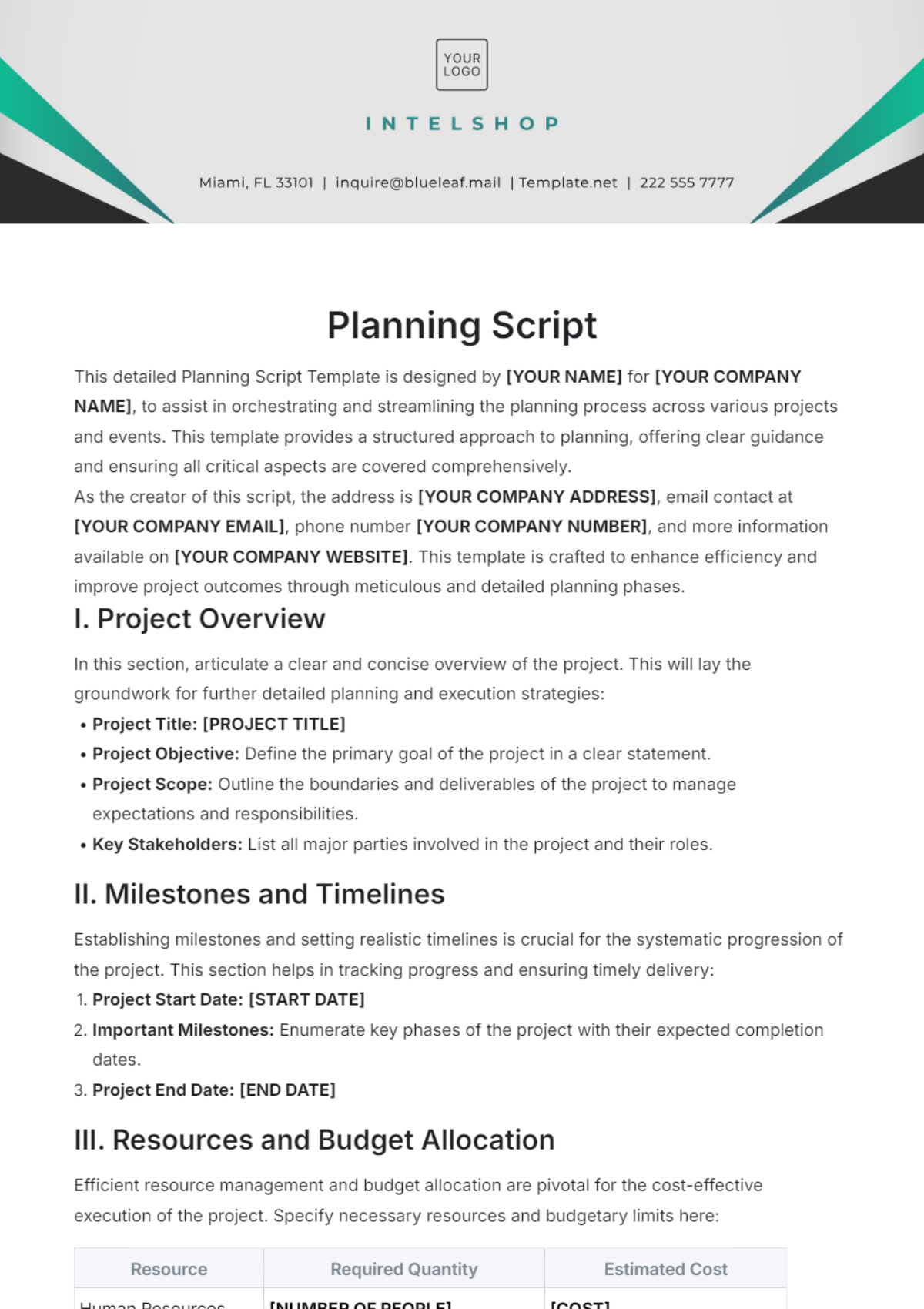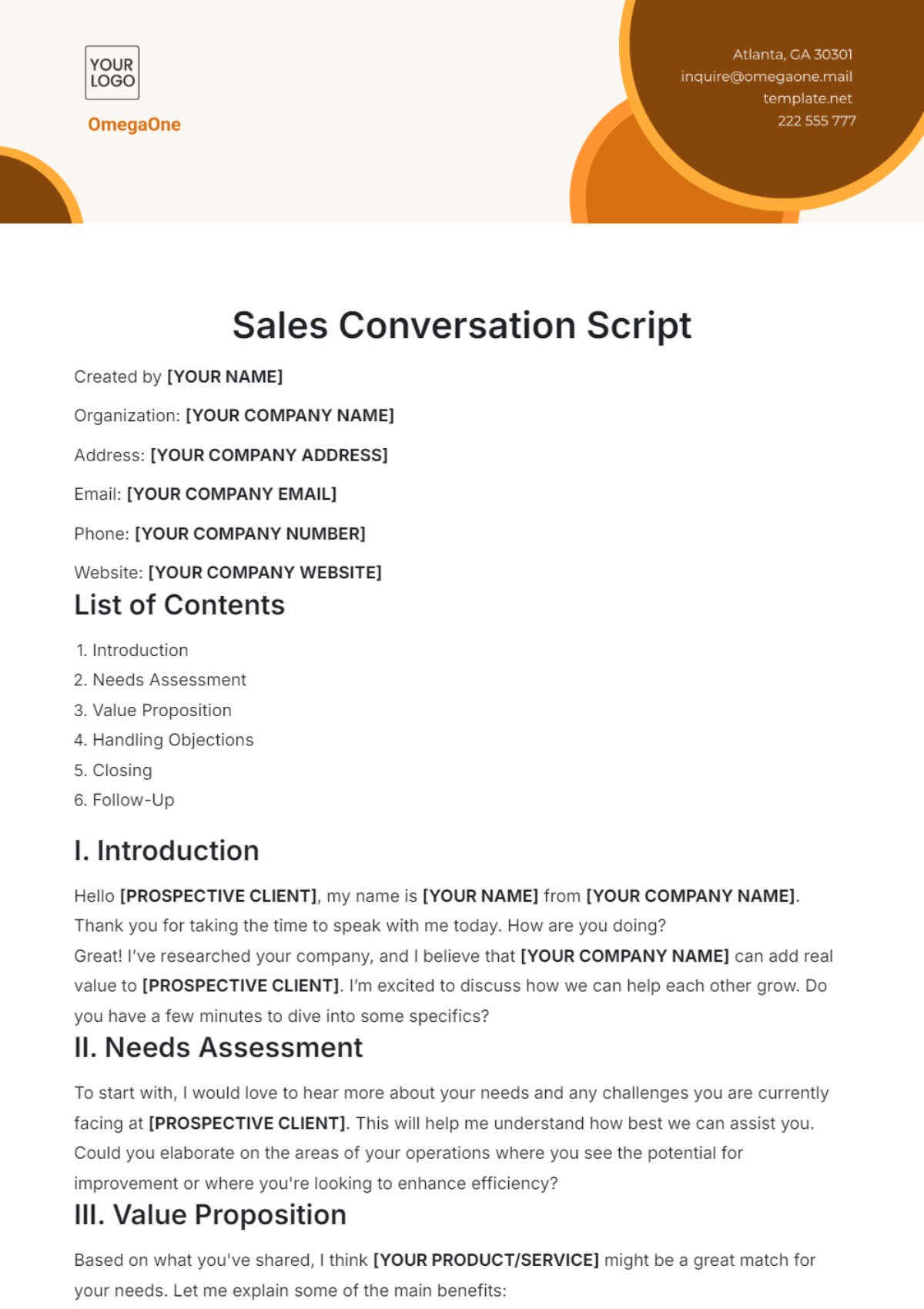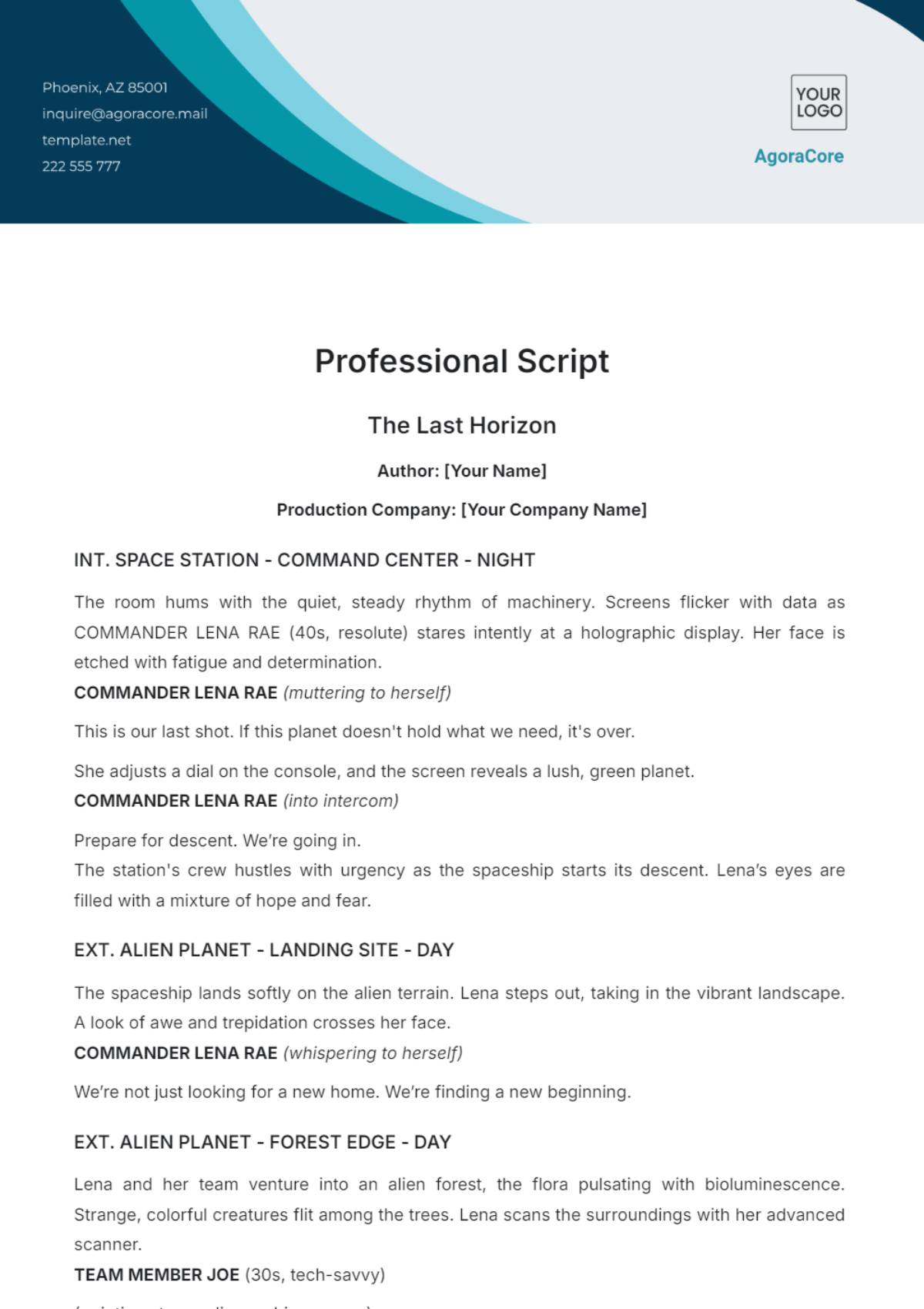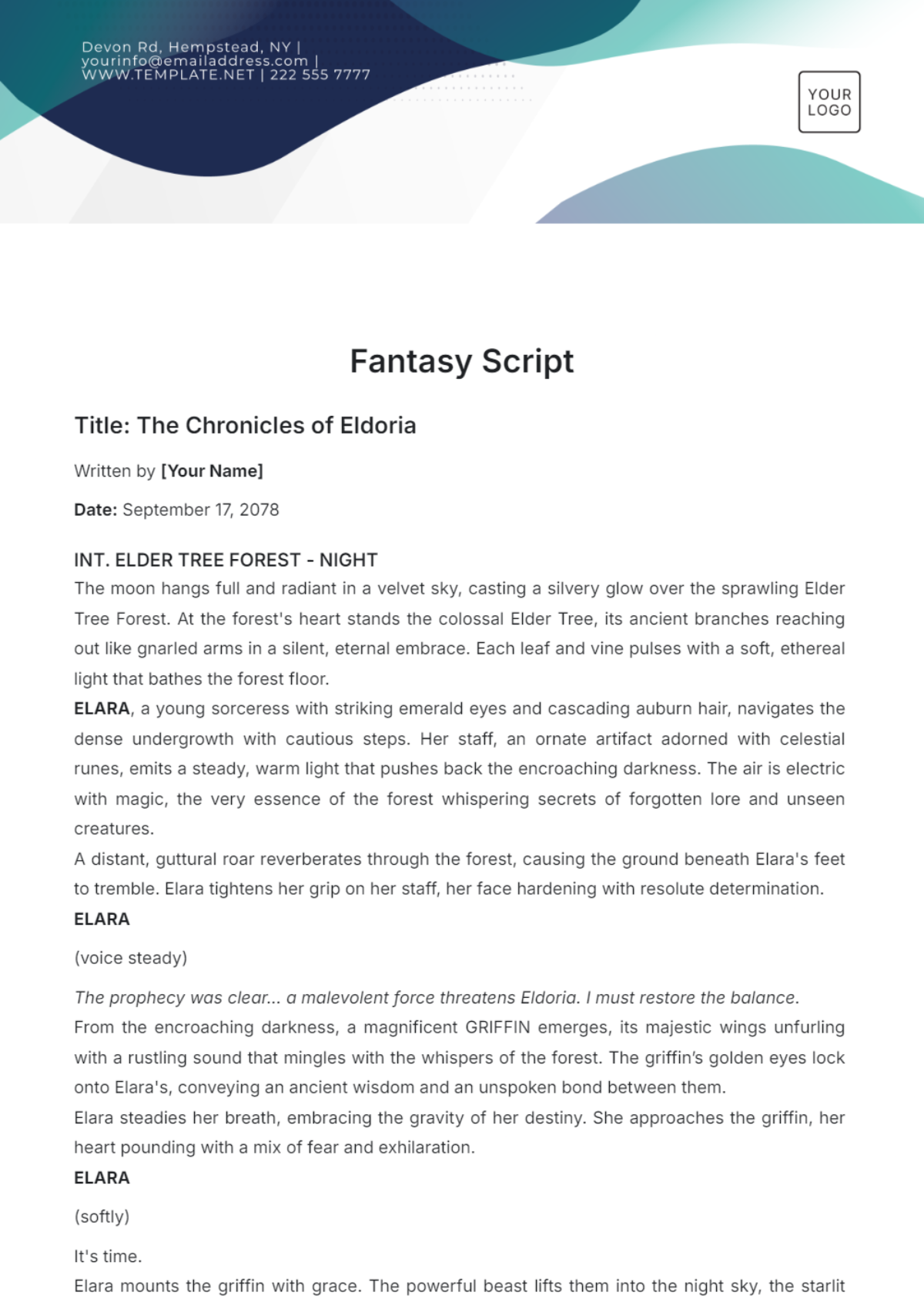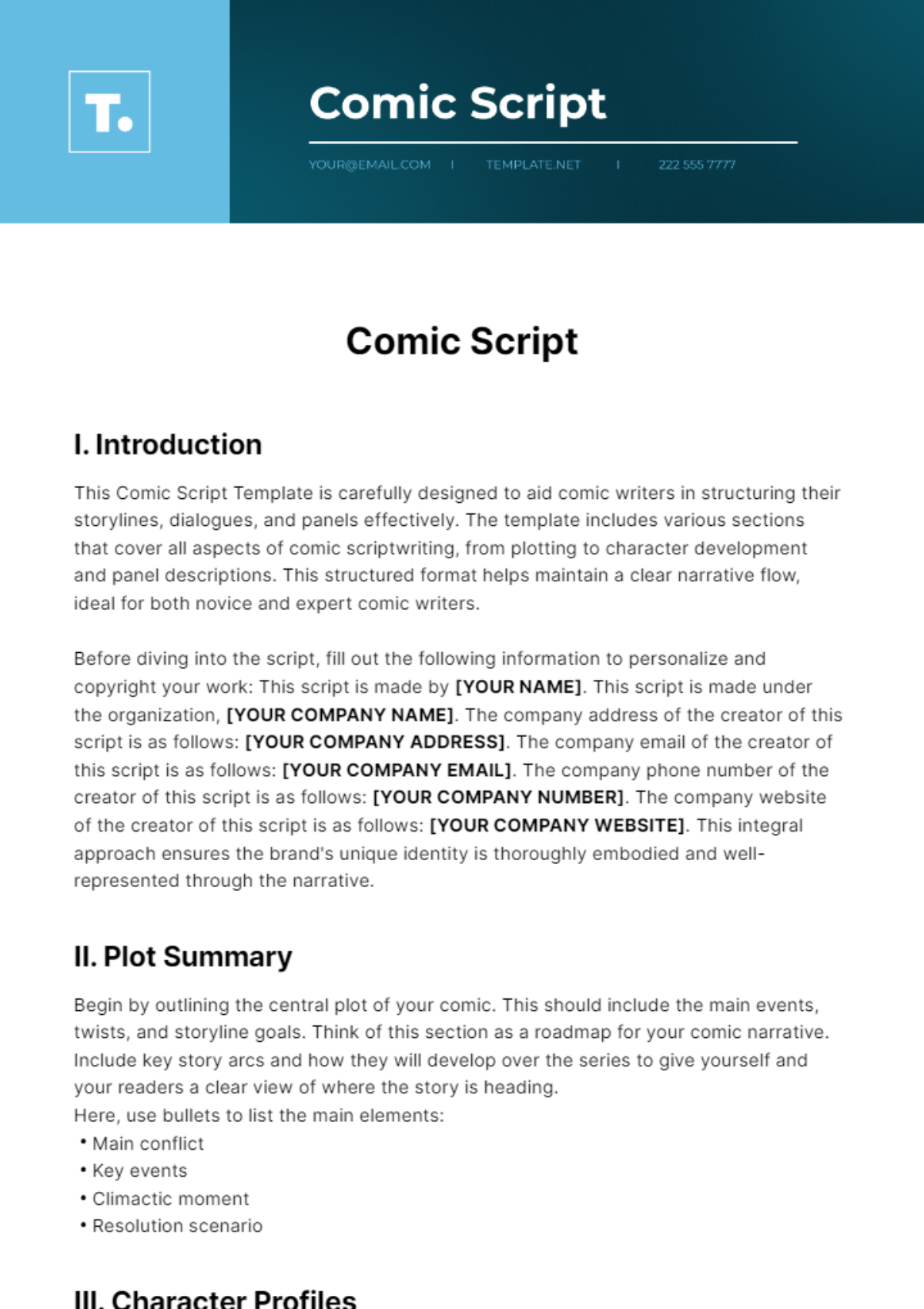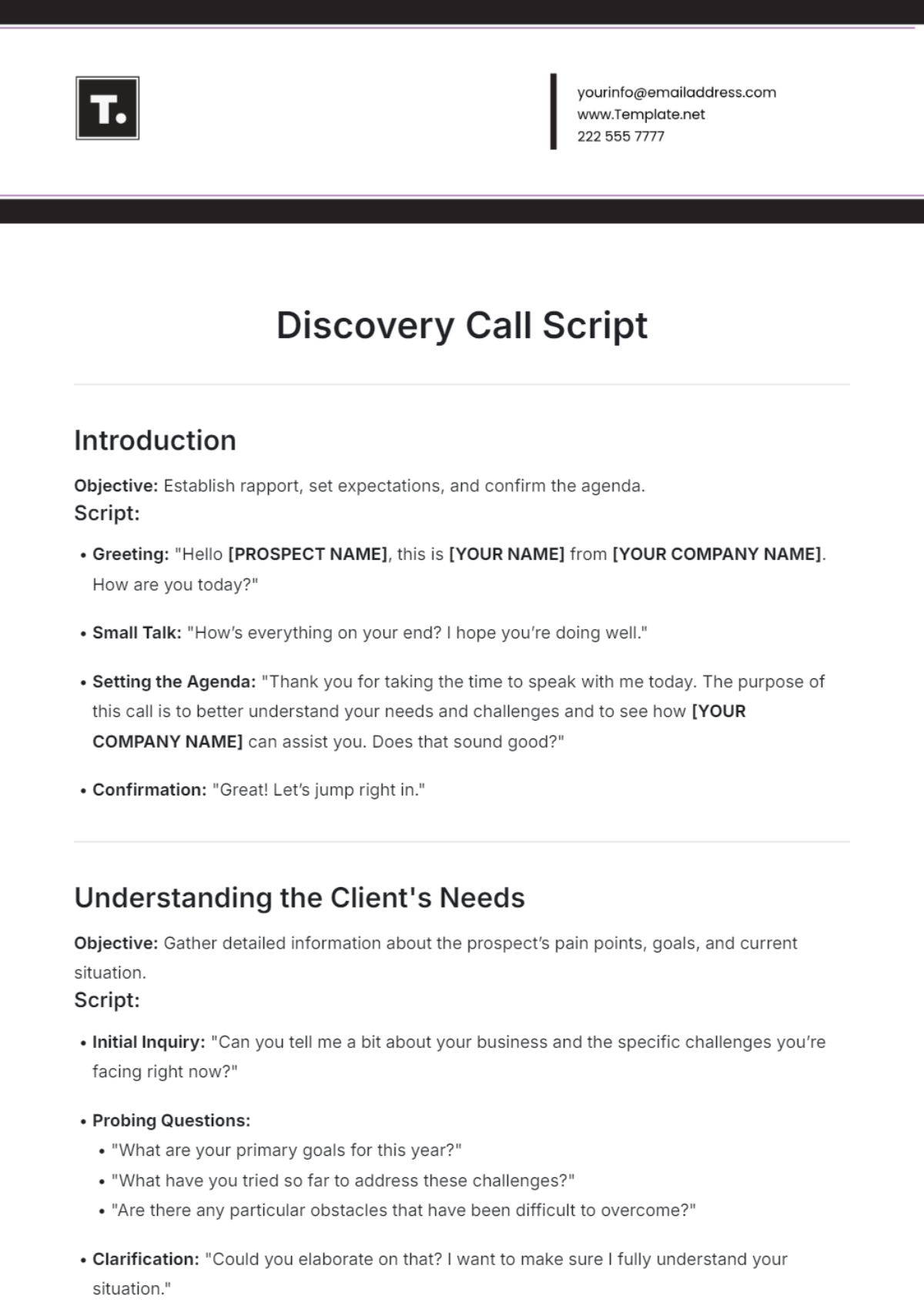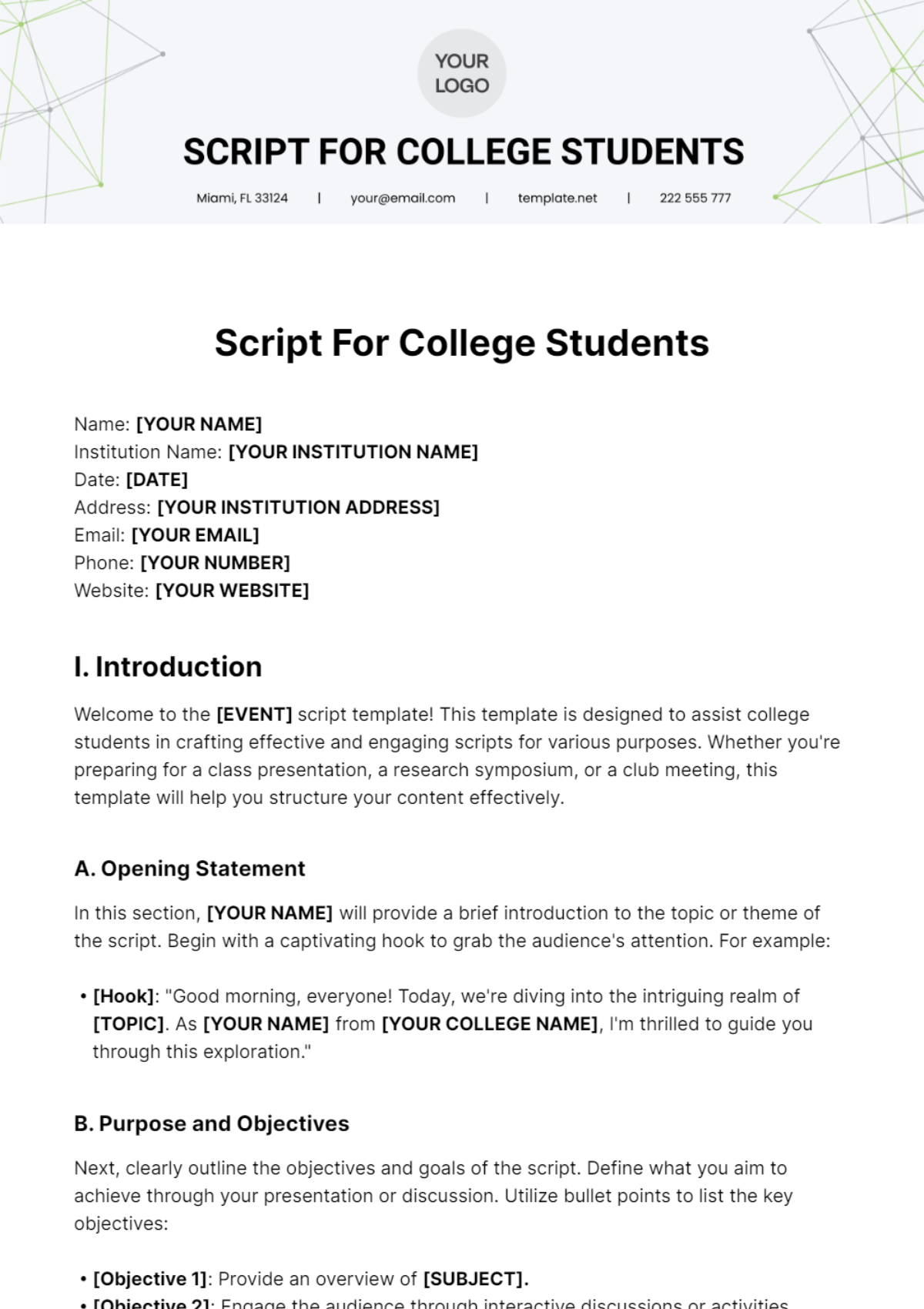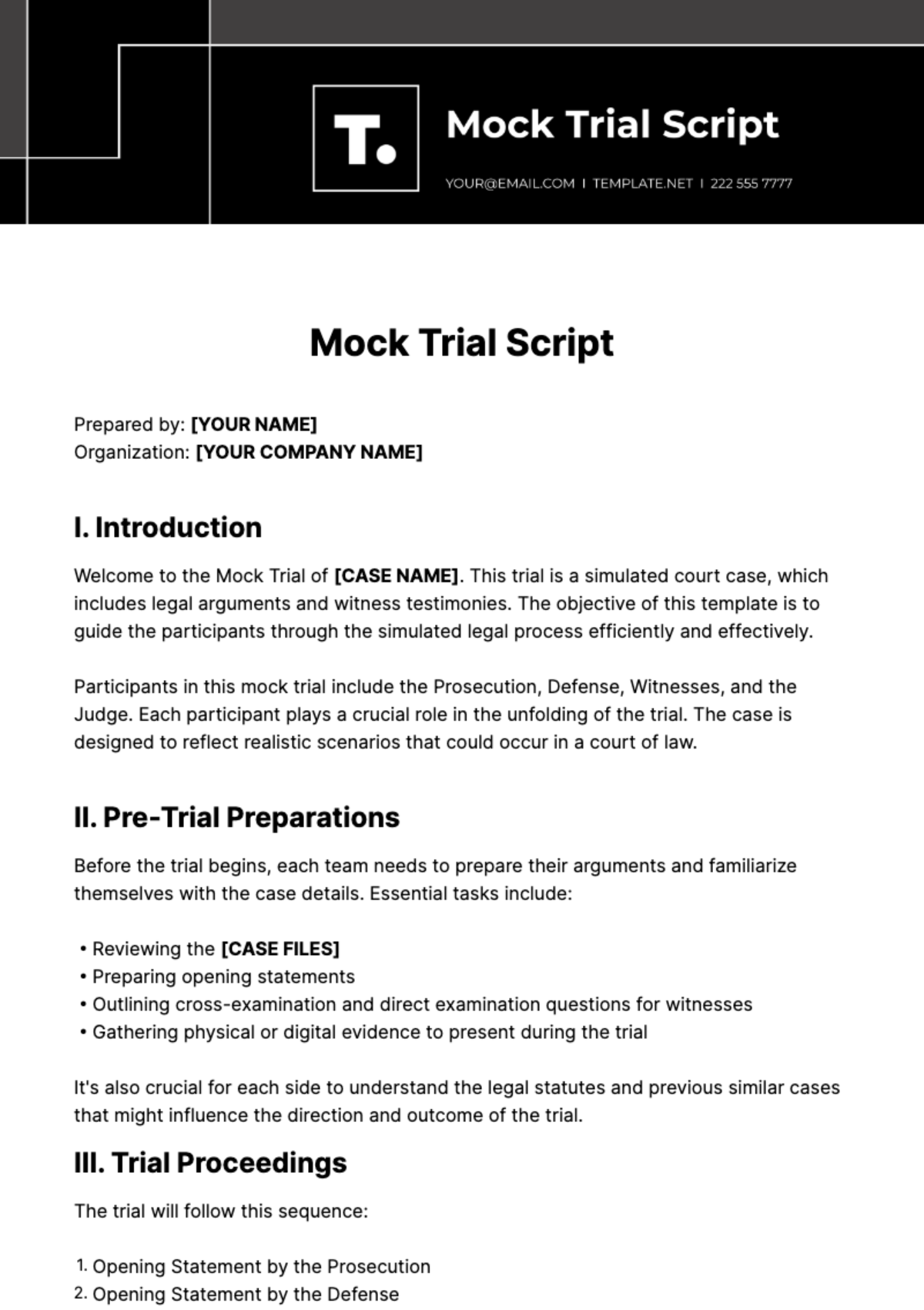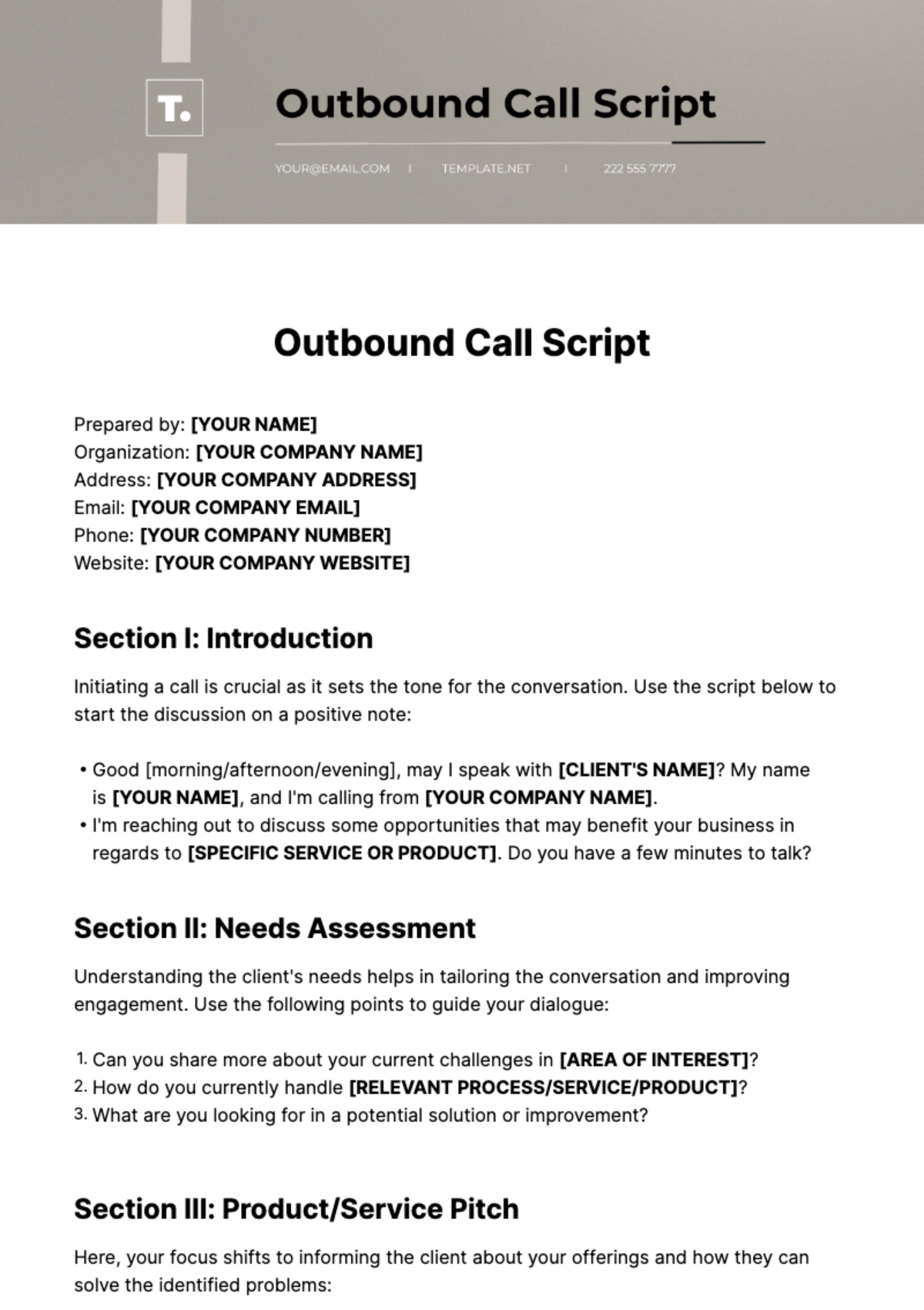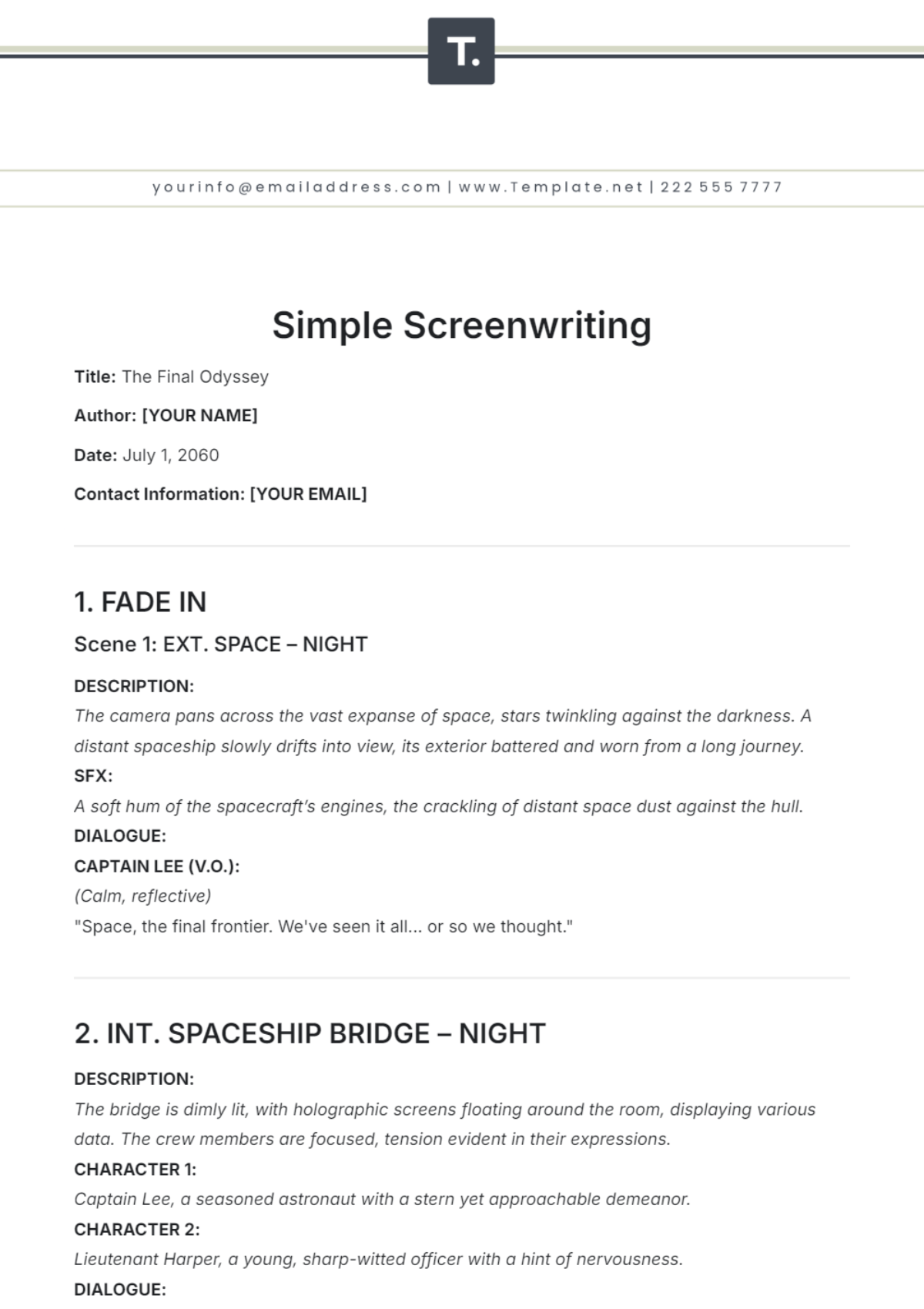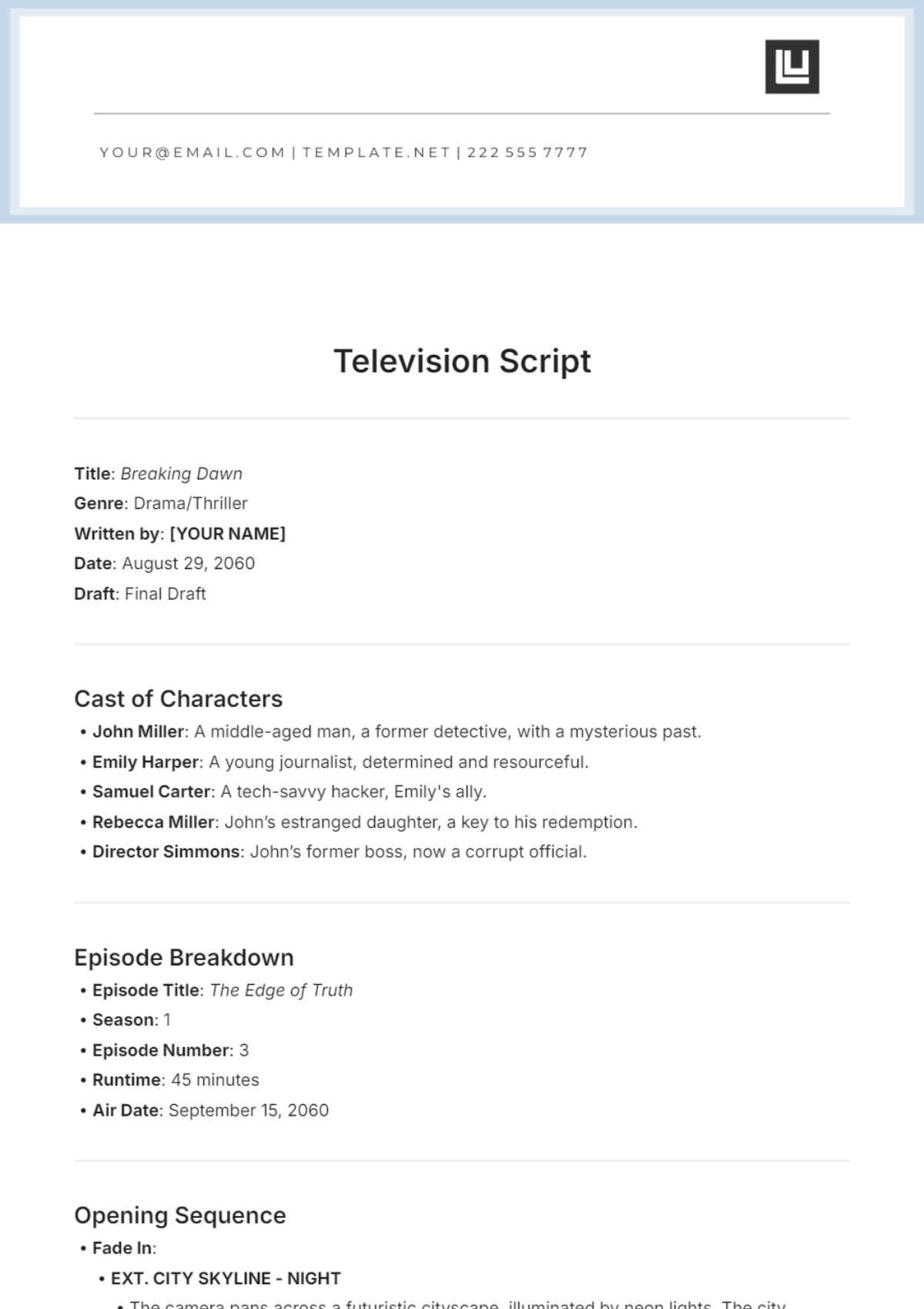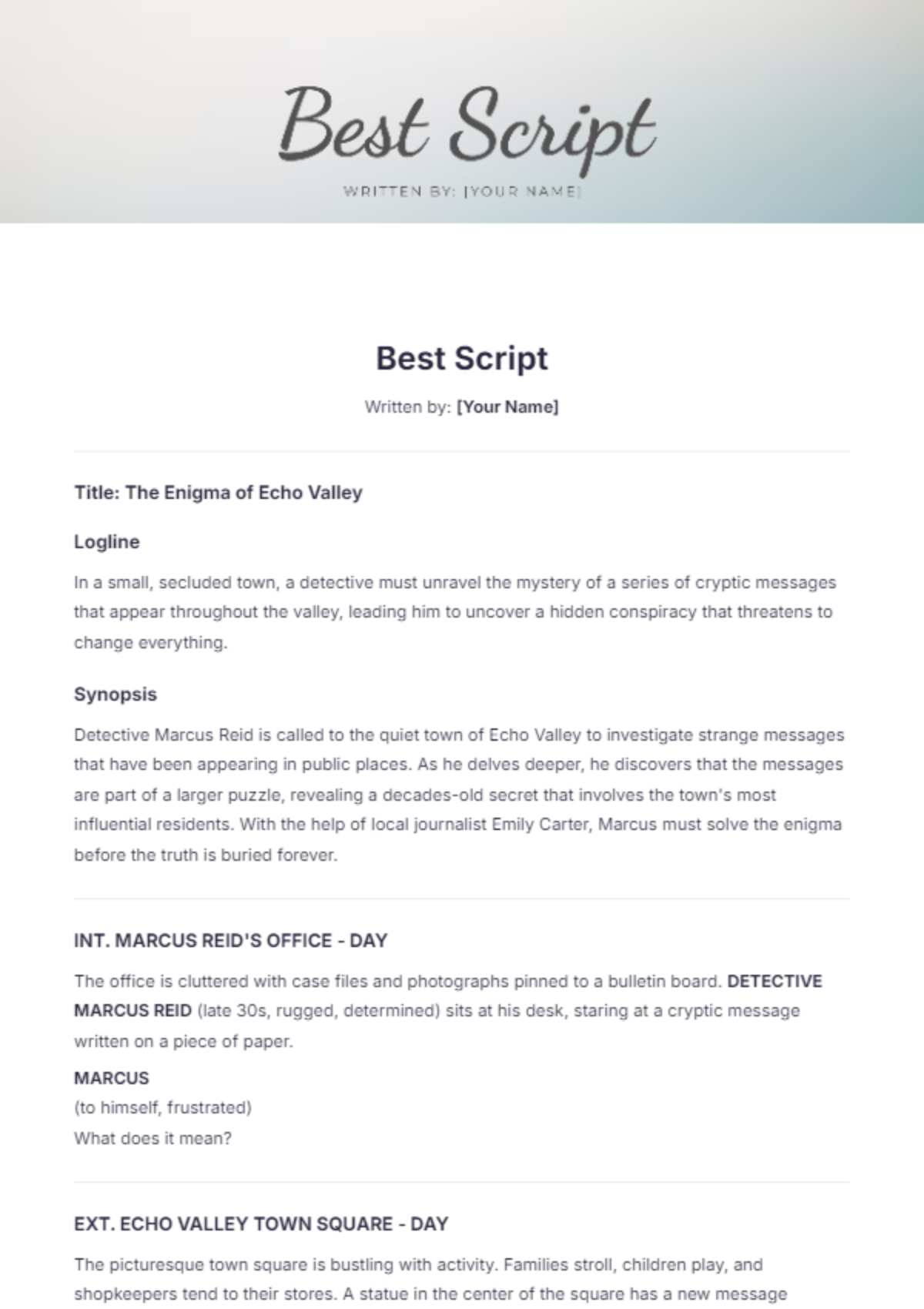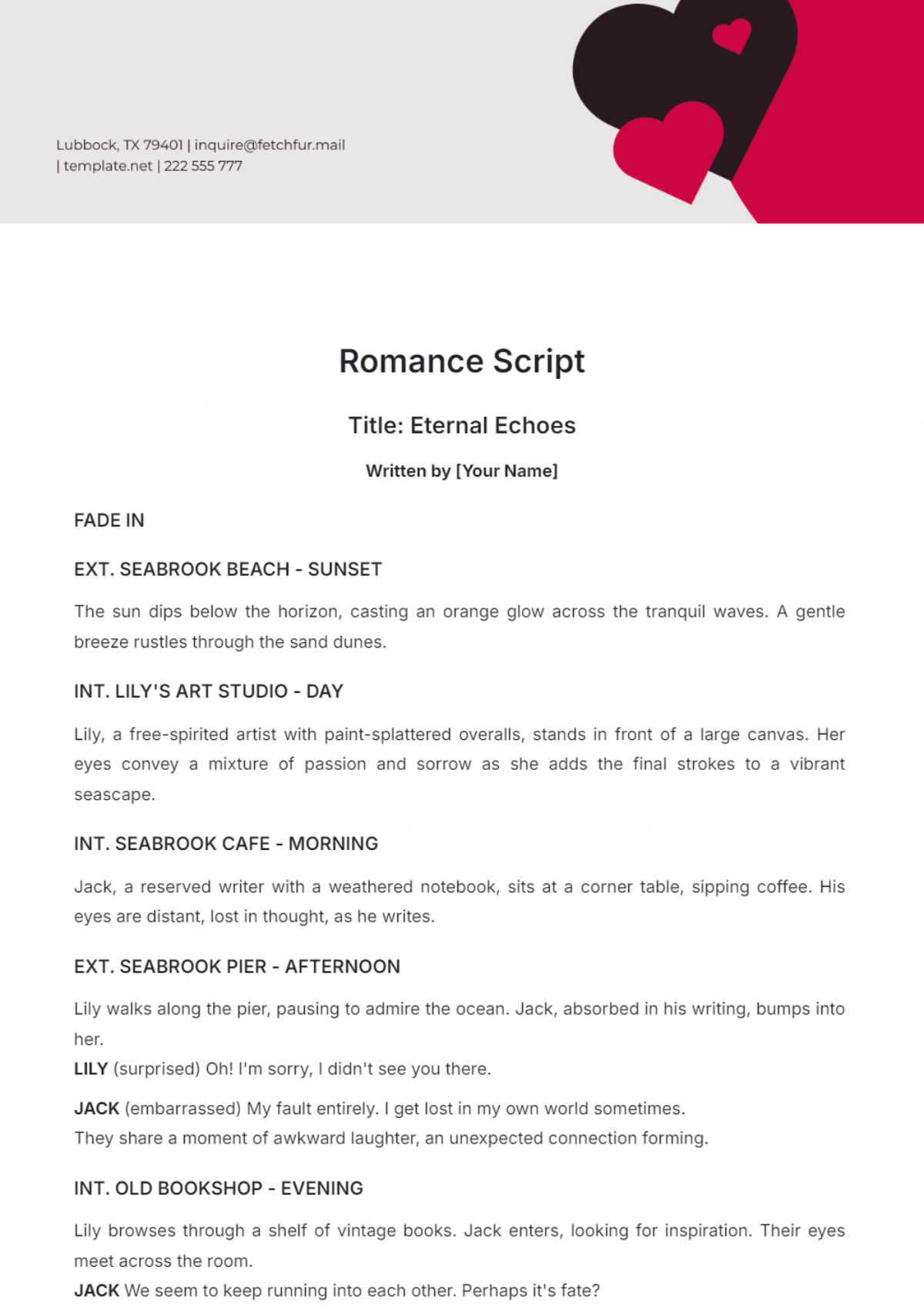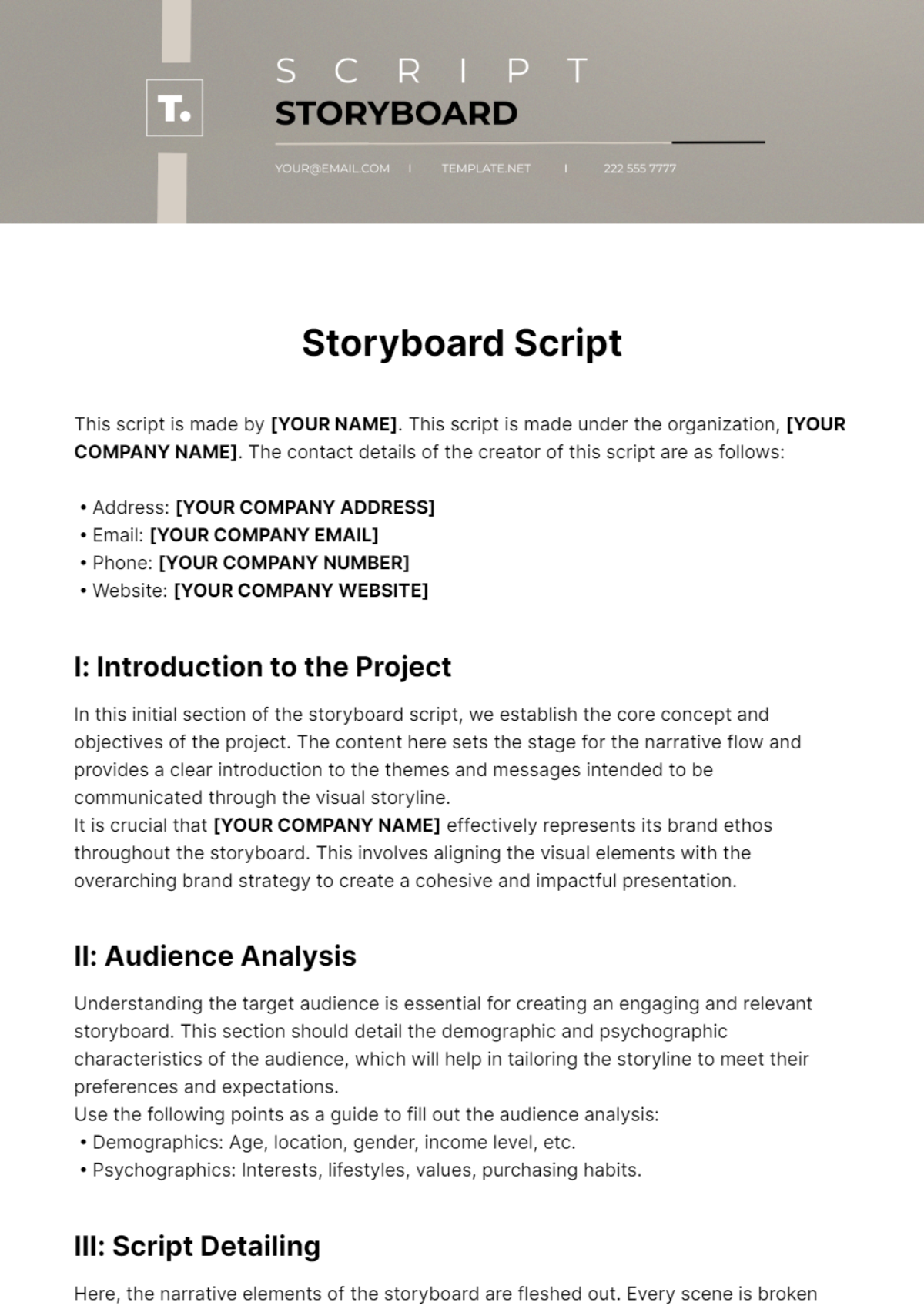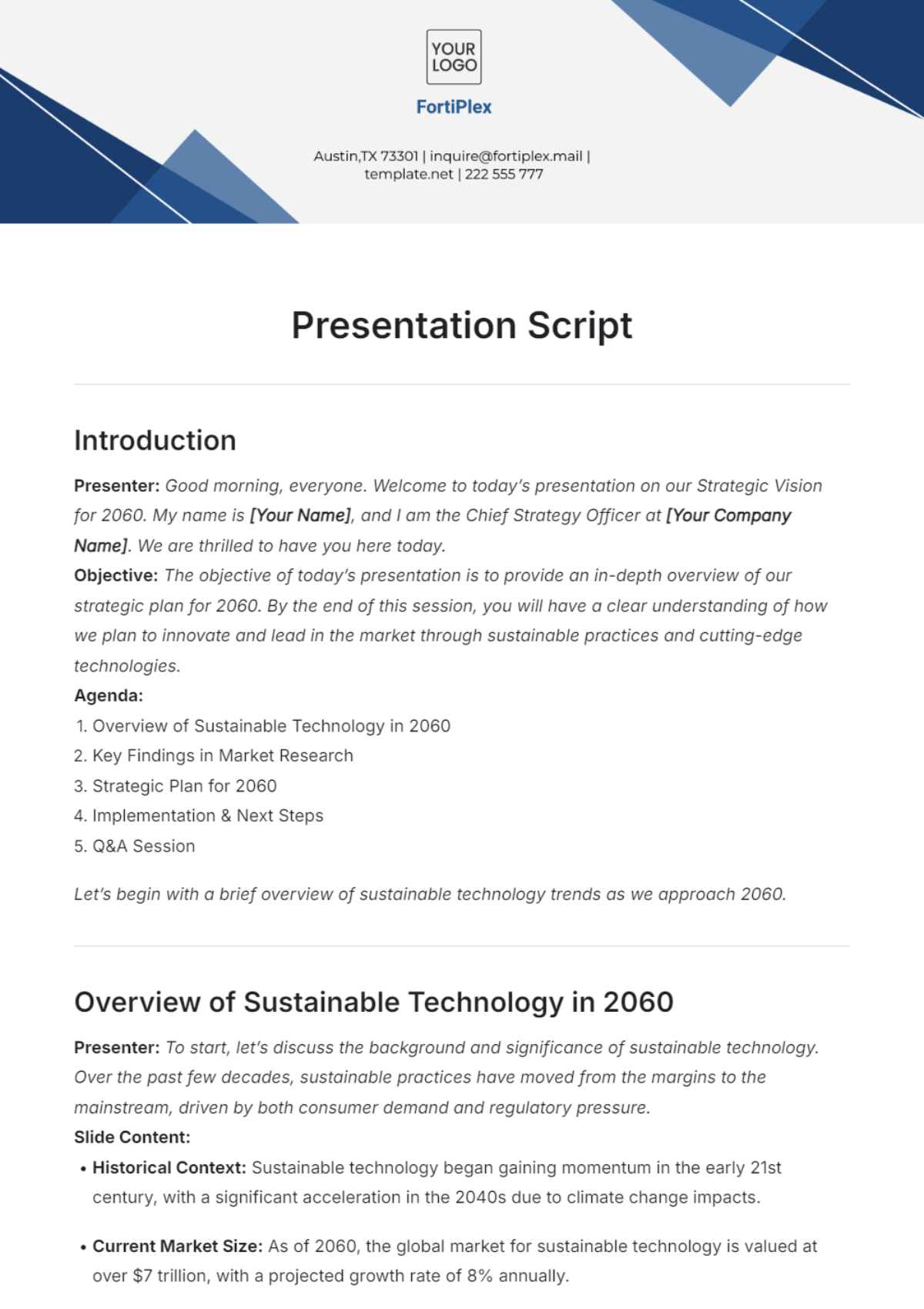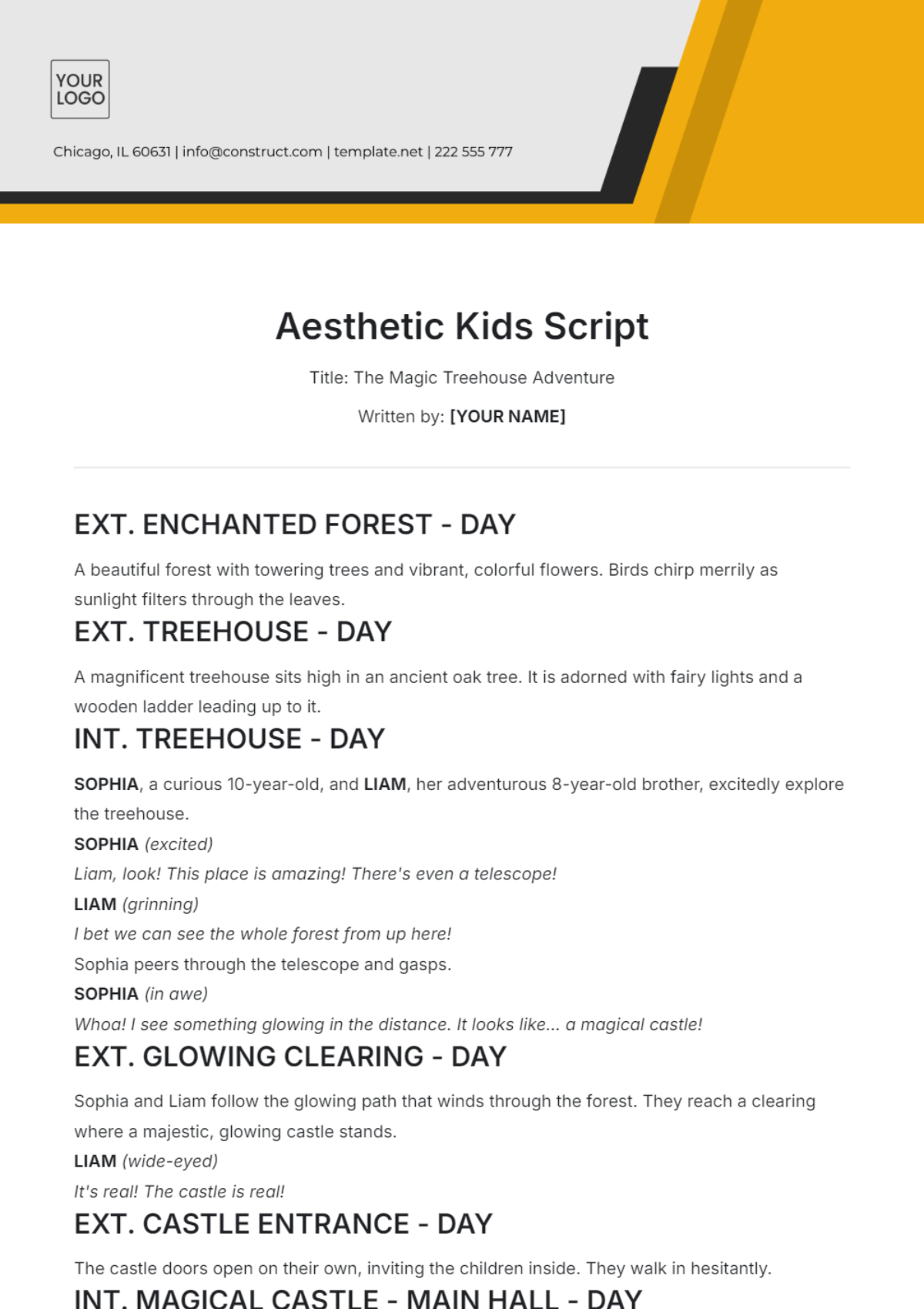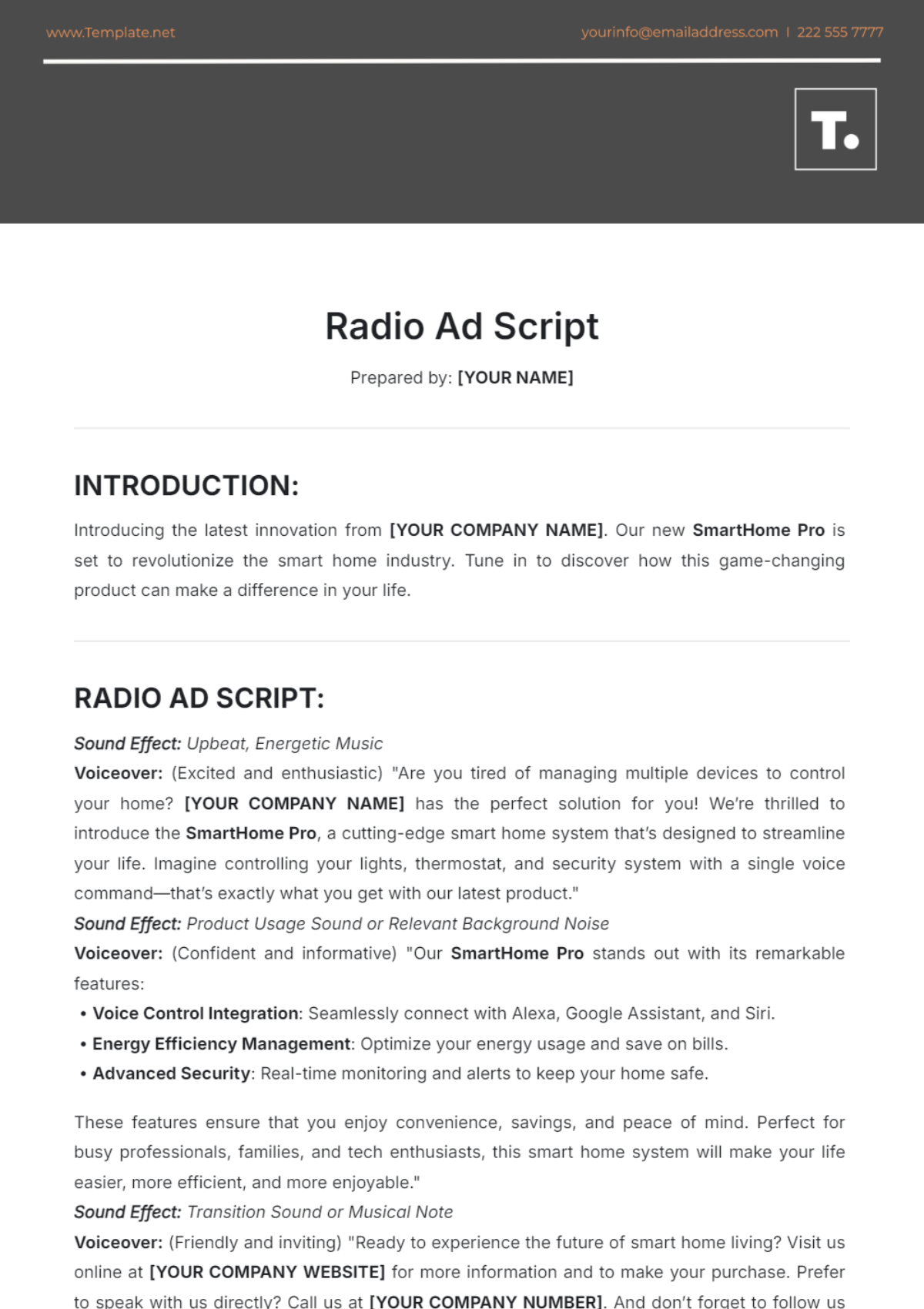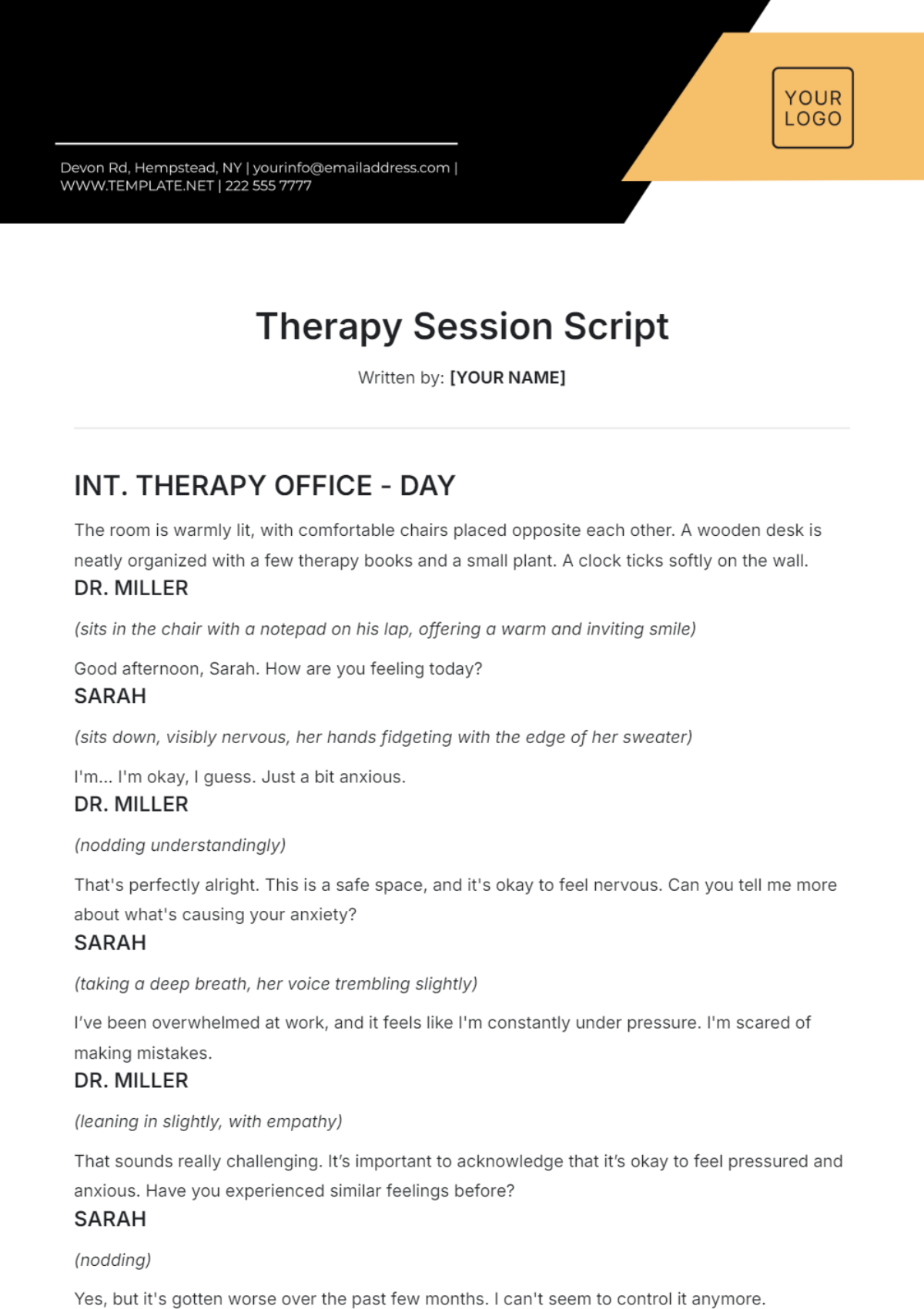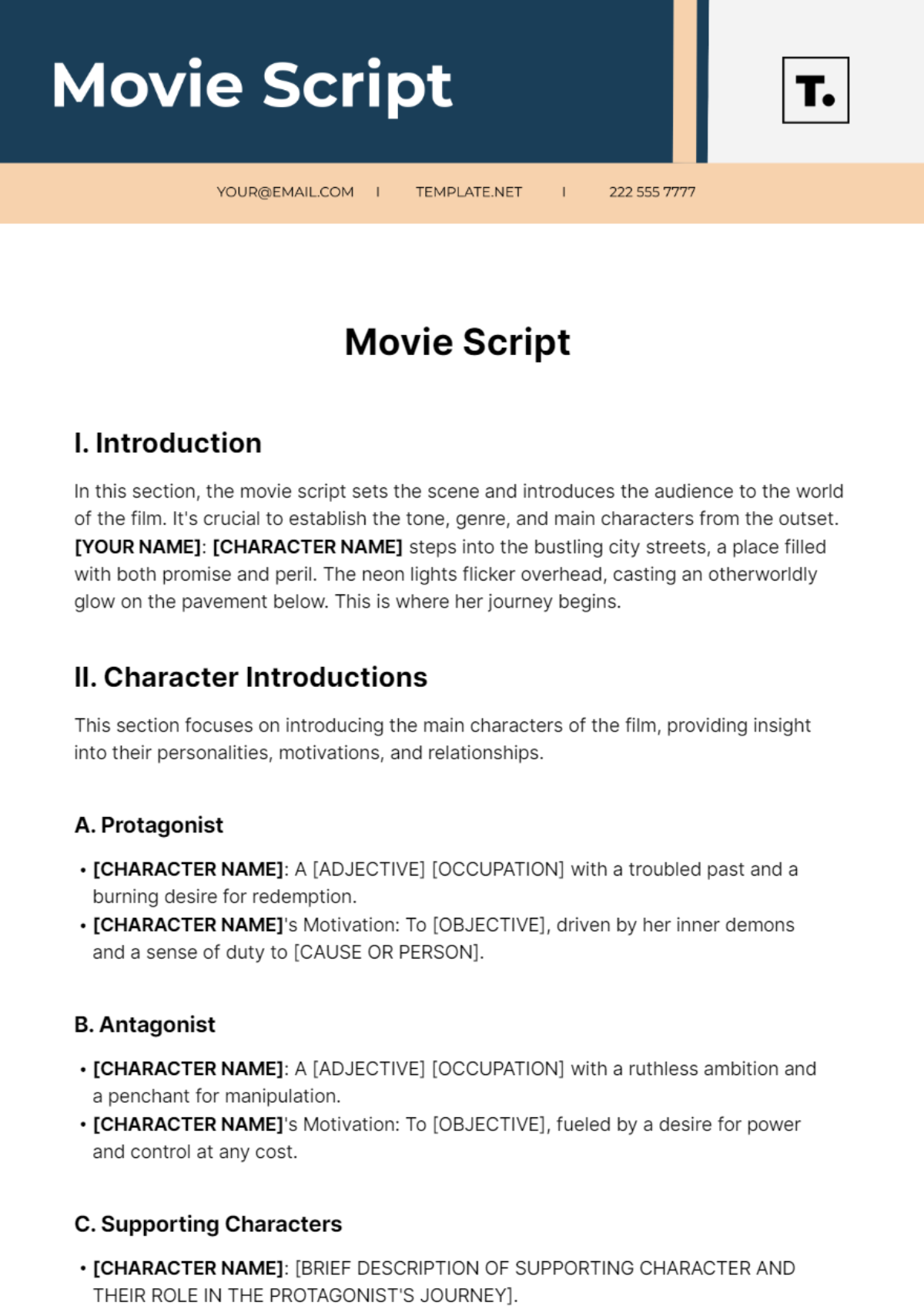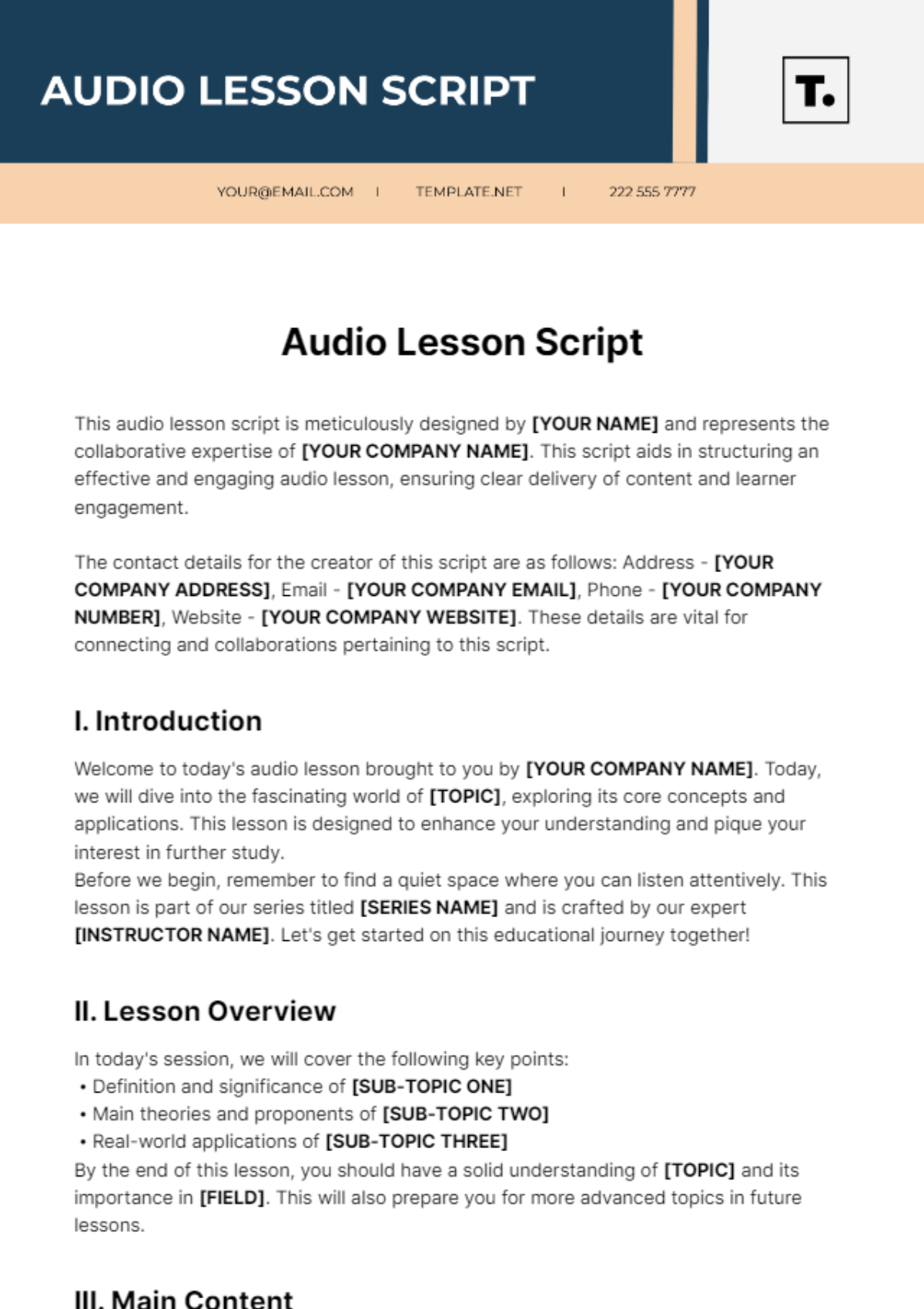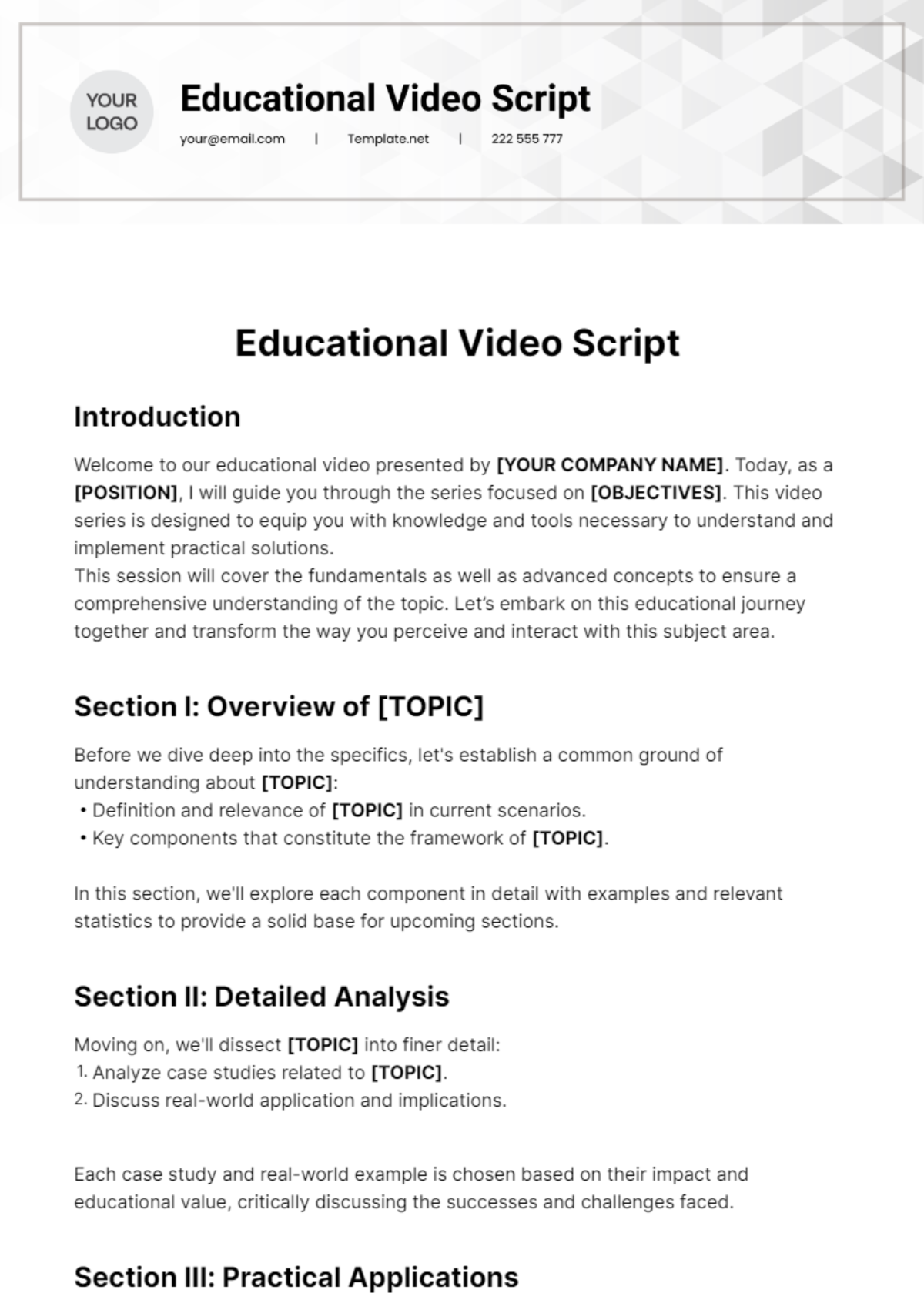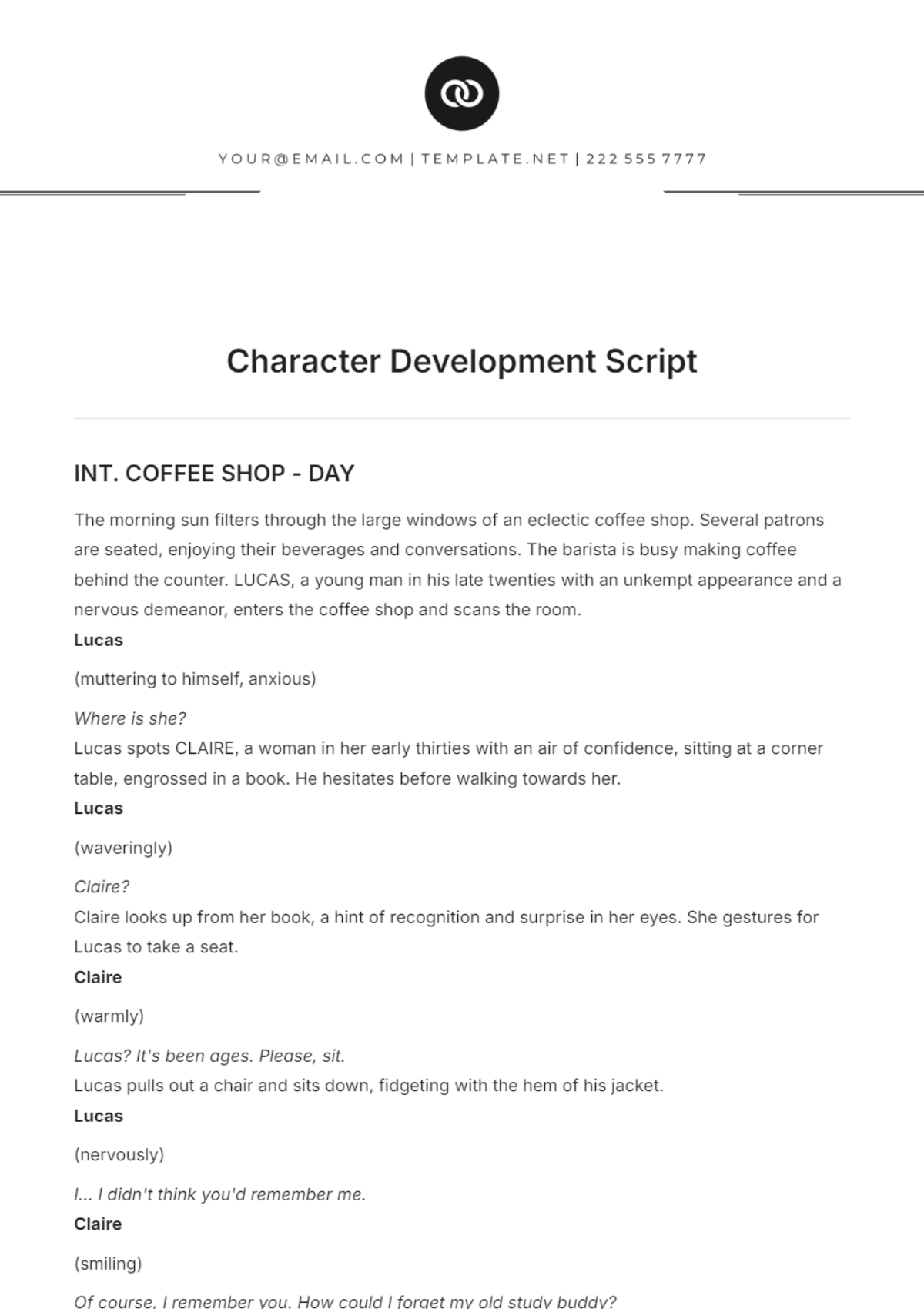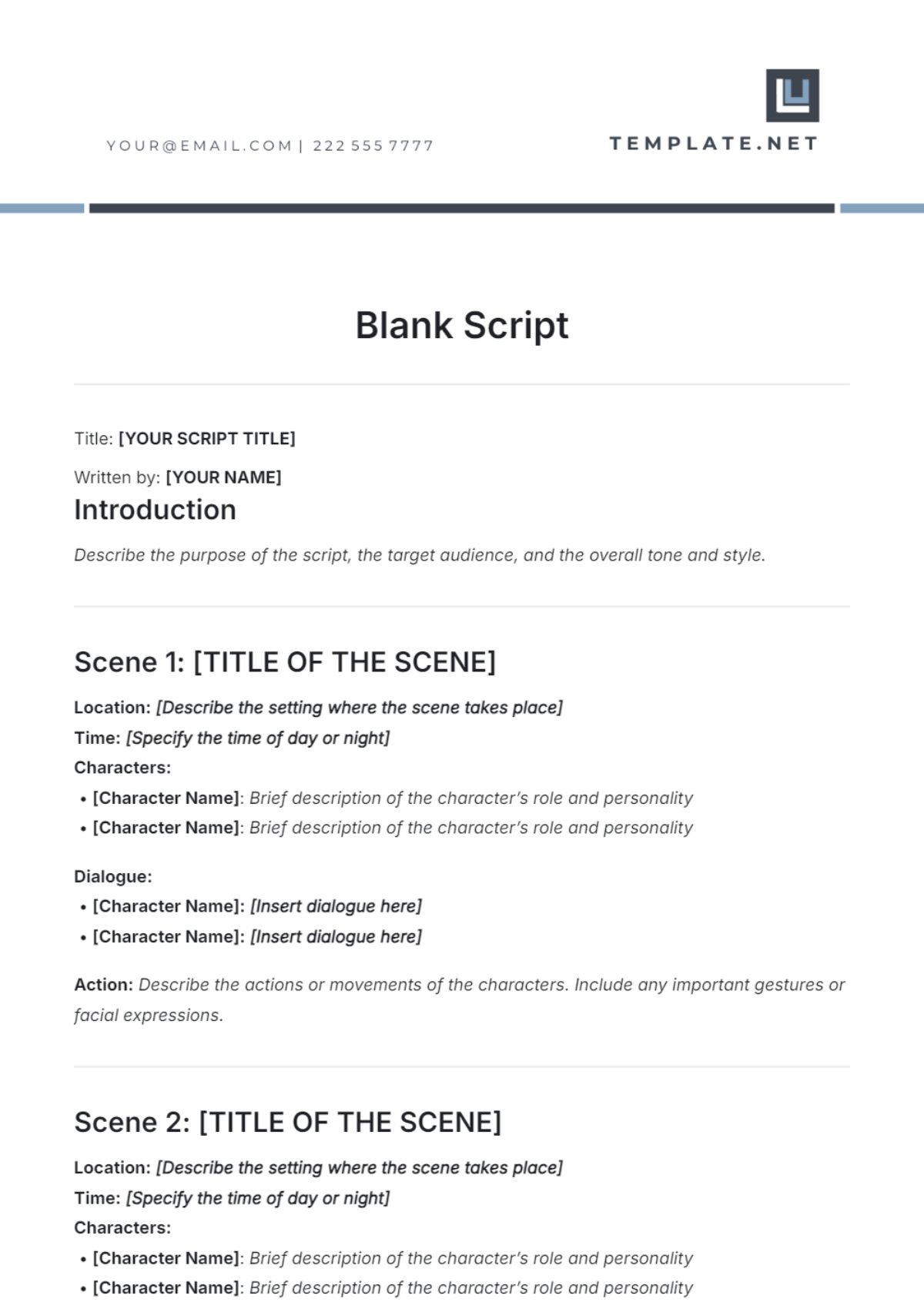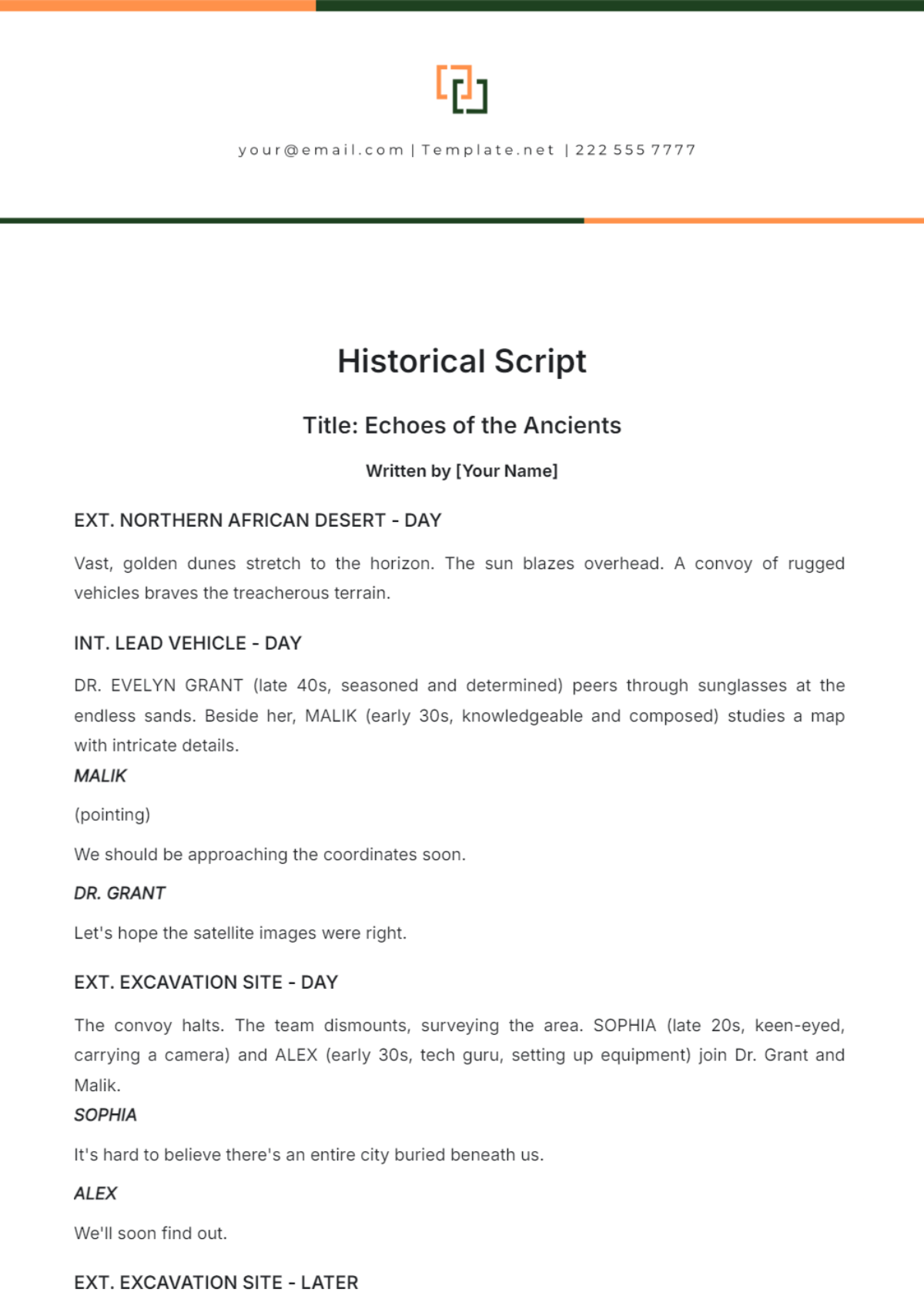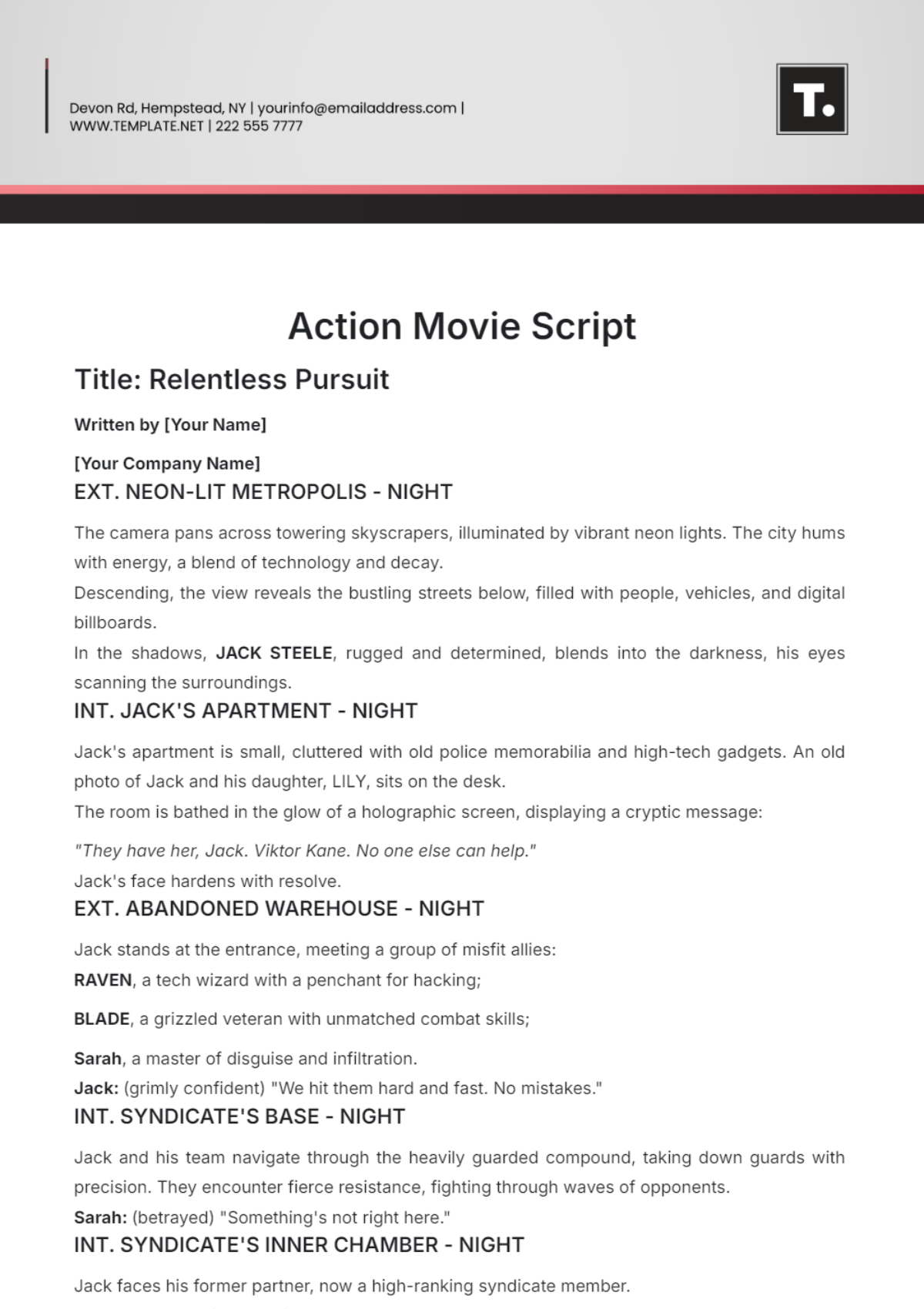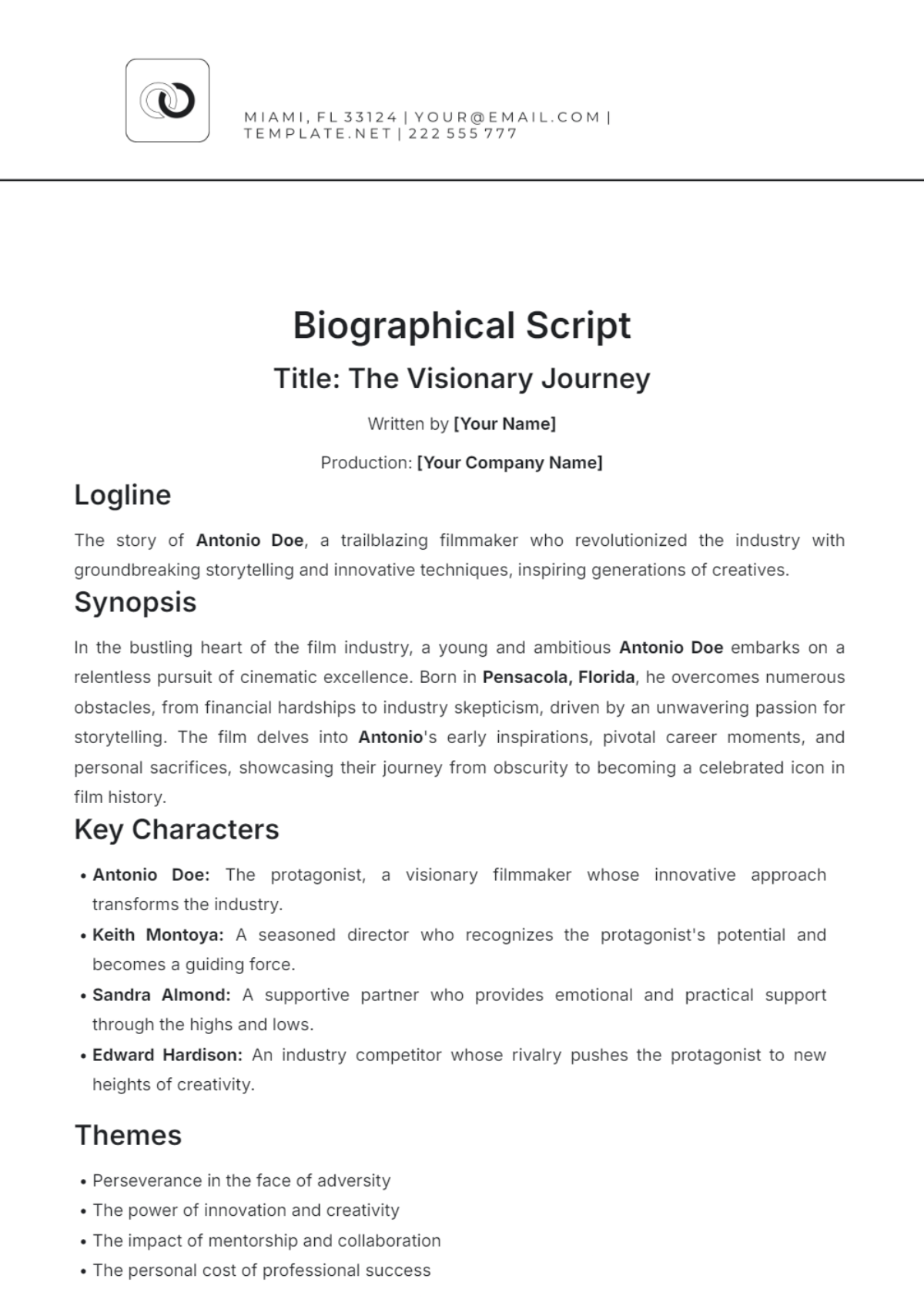Stage Play Script
Title: Echoes in the Rain
Playwright:
[Your Name]
Contact Information:
Email: [Your Email]
Phone: [Your Company Number]
Cast List
LUCAS MARTIN – A man in his late 30s, worn and weary. He wears a rain-soaked trench coat and carries a battered briefcase.
EMMA DAVIS – A woman in her early 30s, smartly dressed but visibly anxious. She carries a large umbrella and a briefcase.
JAMES COLLINS – A grizzled, elderly man in his late 60s. He wears a weathered coat and a wide-brimmed hat.
MIA – A young girl, around 8 years old. She wears a bright yellow raincoat and carries a toy duck.
Scene 1
Setting: A deserted city bus stop shelter on a rainy evening. The shelter has a metal frame with glass panes, now streaked with raindrops. The backdrop shows a blurred cityscape with streetlights reflecting off the wet pavement. The sound of heavy rain and distant thunder fills the air. A single, flickering overhead light provides dim illumination.
At Rise: LUCAS sits on the bench inside the shelter, his coat dripping wet. EMMA stands near the entrance, holding her umbrella and looking at her watch. JAMES stands slightly apart, leaning against a post, while MIA plays with her toy duck on the bench.
LUCAS
(muttering to himself, rubbing his hands together)
I hate waiting. Nothing ever changes.
EMMA
(checking her watch repeatedly, pacing)
Where is that bus? This is absurd.
JAMES COLLINS
(to no one in particular)
Rainy nights like this, you learn to wait. Nothing’s ever on time.
MIA
(giggling, splashing her toy duck in a puddle)
Look, Mr. Duck! We’re on an adventure!
JAMES COLLINS
(smiling at MIA)
That’s the spirit, kid. Adventures are best in the rain.
LUCAS
(annoyed, glances at JAMES)
Adventures? This is just a mess. I have a meeting, and it’s already late.
EMMA
(sighs and approaches LUCAS)
I think we’re all in the same boat. I have a presentation that’s supposed to start soon.
LUCAS
(frustrated)
And we’re stuck here because of this blasted weather.
JAMES COLLINS
(philosophically)
Sometimes, the weather has its own plans. Maybe it’s telling us something.
EMMA
(skeptical)
Like what? That we should just give up?
JAMES COLLINS
(shaking his head)
No, not give up. Just listen. Sometimes, you find answers when you stop rushing.
MIA
(innocently)
Mr. Duck says it’s okay to wait. He’s never in a hurry!
LUCAS
(softening slightly)
Well, Mr. Duck seems to have a good attitude about things.
EMMA
(smiling despite herself)
Maybe we could learn a thing or two from him.
JAMES COLLINS
(nodding in agreement)
Life’s not always about the destination. Sometimes, it’s about the journey, even if it’s rainy and slow.
LUCAS
(reflectively)
I’ve been so focused on the end goal, I forgot to appreciate the moments along the way.
EMMA
(thoughtfully)
Maybe this delay is an opportunity to slow down and rethink things.
MIA
(excitedly)
Look! The rain’s making rainbows on the glass!
LUCAS
(looking at the glass, noticing the rainbows)
I hadn’t noticed that. It’s actually kind of beautiful.
JAMES COLLINS
(chuckling)
See? There’s always something to see if you just take a moment to look.
EMMA
(smiling at JAMES and LUCAS)
Maybe the bus delay isn’t such a bad thing after all.
LUCAS
(nodding)
I suppose there’s something to be said for appreciating the unexpected.
EMMA
(sitting down next to LUCAS)
Here’s to finding the beauty in the rain.
JAMES COLLINS
(joining them on the bench)
And here’s to finding patience in the storm.
MIA
(sitting beside JAMES, happily)
And to having fun with Mr. Duck!
LUCAS
(relaxed, looking out into the rain)
You know, I think we’ve all learned something tonight.
EMMA
(nodding in agreement)
Sometimes, the best things come when we least expect them.
JAMES COLLINS
(looking at MIA)
And sometimes, it’s the little things that make it all worthwhile.
The sound of the bus approaching can be heard in the distance. The lights of the approaching bus shine through the rain.
EMMA
(standing up and grabbing her umbrella)
There’s the bus.
LUCAS
(smiling)
Looks like it’s time to go.
JAMES COLLINS
(standing with MIA)
It’s been a pleasure meeting you all. Safe travels.
MIA
(waving her toy duck)
Bye-bye, everyone!
EMMA
(to LUCAS)
Thanks for the company. I guess we made the best of a rainy night.
LUCAS
(smiling)
We did. Take care.
EMMA
(nodding and boarding the bus)
You too.
JAMES COLLINS
(to MIA, as the bus leaves)
Come on, kid. Let’s get you home.
MIA
(excitedly, jumping into JAMES’ arms)
Okay, Mr. Collins!
As JAMES and MIA exit, LUCAS remains for a moment, looking at the rain with a newfound appreciation.
LUCAS
(to himself)
Maybe there’s more to this night than I realized.
The stage lights dim, the sound of rain continues softly, and the backdrop fades to black.






